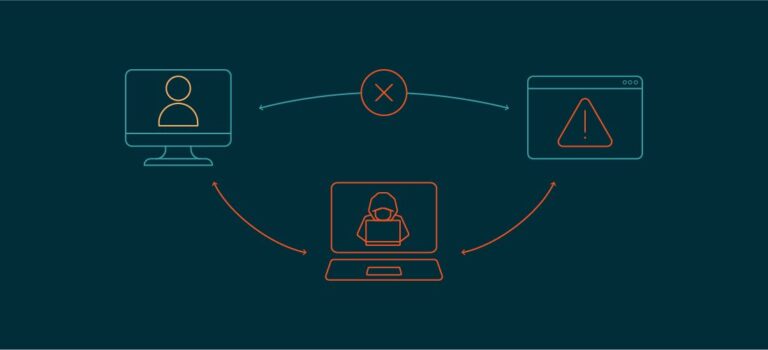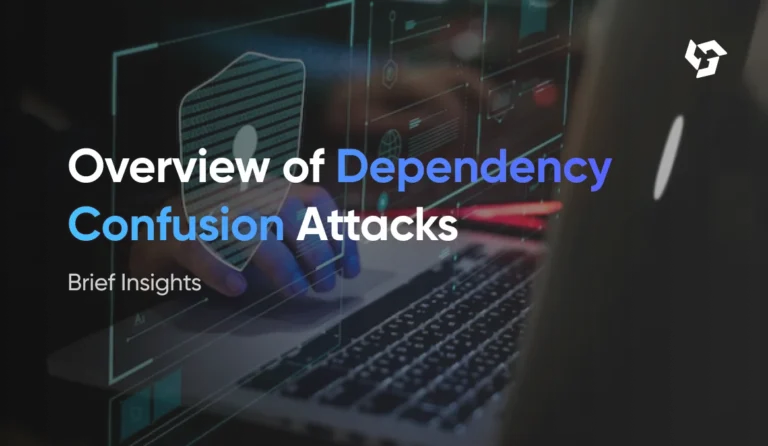Insecure Design: Security Begins Before You Start Writing Code
Introduction
In the modern digital age, security is no longer a feature to be added at the end of the development cycle—it is a core principle that must be embedded from the very beginning. One of the most significant but often overlooked contributors to vulnerabilities is insecure design. This term refers to the failure to incorporate secure principles, patterns, and architectures during the early stages of software development. It is distinct from implementation flaws; insecure design is not about bugs or poor coding practices, but about fundamental design decisions that fail to consider security.
This blog will explore what insecure design means, why it matters, how it differs from insecure implementation, and how developers, architects, and stakeholders can prevent it by adopting secure design principles from the ground up. We will delve into case studies, real-world examples, and strategies to embed security in the design phase of software development.
Chapter 1: Understanding Insecure Design
1.1 What is Insecure Design?
Insecure design refers to systemic weaknesses in an application’s architecture that arise from flawed or incomplete security decisions during the design phase. These weaknesses are not necessarily due to bugs, but rather to the absence of secure defaults, misaligned trust boundaries, and failure to anticipate malicious behavior.
Examples of insecure design include:
- Lack of secure authentication and authorization mechanisms.
- Poor data validation paths.
- Unprotected APIs or microservices.
- Direct object references without checks.
- Inadequate logging and monitoring plans.
1.2 Insecure Design vs. Insecure Implementation
It’s important to distinguish insecure design from insecure implementation:
- Insecure Design: Flaws are rooted in how the system was architected or planned. Even perfect code cannot compensate for a poor design.
- Insecure Implementation: The design may be secure, but mistakes in the actual coding process introduce vulnerabilities.
A secure system must be both well-designed and well-implemented.
1.3 Why It Matters
Design flaws are often:
- Hard to detect using automated tools.
- Costly to fix after deployment.
- A foundation for multiple attack vectors.
According to the OWASP Top 10, insecure design is now a recognized category, highlighting its increasing importance in the security landscape.
Chapter 2: Causes of Insecure Design
2.1 Lack of Threat Modeling
Developers often skip threat modeling due to time constraints or lack of awareness. This leads to unanticipated attack surfaces.
2.2 Inadequate Security Training
Designers and architects without a security background may fail to consider common threats like privilege escalation or session hijacking.
2.3 Pressure to Release Quickly
Agile and DevOps methodologies can sometimes prioritize speed over thoroughness, leading to shortcuts in design planning.
2.4 Misaligned Business Goals
When business goals (e.g., more features, faster delivery) outweigh security considerations, insecure designs can emerge.
2.5 Over-Reliance on External Tools
Developers may assume that frameworks or third-party libraries are secure, without verifying their configurations or behaviors.
Chapter 3: Common Insecure Design Patterns
3.1 Broken Access Control
A system that fails to properly control user access based on roles can lead to horizontal or vertical privilege escalation.
3.2 Open Redirects and Unsafe URL Forwards
If redirect URLs are not validated, attackers can exploit them for phishing or credential theft.
3.3 Hardcoded Credentials
Storing passwords, API keys, or tokens directly in source code is a dangerous design choice.
3.4 Lack of Rate Limiting
Failure to implement throttling mechanisms can lead to brute-force attacks or denial of service.
3.5 Excessive Trust Between Components
Components that inherently trust each other without verification can be exploited to move laterally within systems.
Chapter 4: Secure by Design Principles
4.1 Principle of Least Privilege
Ensure that every module, user, or process operates with the minimal level of access required to function.
4.2 Defense in Depth
Use multiple layers of security to provide redundancy in case one layer fails.
4.3 Secure Defaults
Default configurations should favor security rather than convenience.
4.4 Fail Securely
Systems should fail in a secure state, not expose data or functionality when errors occur.
4.5 Keep It Simple
Complexity increases the likelihood of design flaws. Simpler systems are easier to audit and secure.
4.6 Minimize Attack Surface
Reduce the number of entry points into a system to limit potential attack vectors.
Chapter 5: The Role of Threat Modeling
5.1 What is Threat Modeling?
Threat modeling is the process of identifying potential threats and vulnerabilities in a system during its design phase.
5.2 Steps in Threat Modeling
- Define the system’s architecture.
- Identify assets and security controls.
- Enumerate potential threats (e.g., STRIDE model).
- Prioritize threats.
- Define mitigations.
5.3 Tools for Threat Modeling
- Microsoft Threat Modeling Tool
- OWASP Threat Dragon
- IriusRisk
Chapter 6: Real-World Examples of Insecure Design
6.1 Facebook’s Data Exposure to Cambridge Analytica
The underlying design of Facebook’s third-party API access allowed massive data extraction with minimal user awareness.
6.2 Equifax Data Breach
Though caused by a software vulnerability, the scale and exposure were exacerbated by poor architectural decisions like lack of segmentation.
6.3 Capital One Cloud Misconfiguration
An insecure design in cloud architecture led to a massive data breach. This involved over-permissive IAM roles and failure to restrict external access.
Chapter 7: Secure Design Checklist
- Conduct threat modeling early.
- Define security requirements.
- Apply the principle of least privilege.
- Use secure defaults.
- Encrypt data in transit and at rest.
- Design for error handling.
- Define clear trust boundaries.
- Validate all inputs.
- Plan for secure logging and monitoring.
- Review third-party dependencies for security.
Chapter 8: Building a Secure Design Culture
8.1 Training and Awareness
Invest in training developers and designers on secure design principles and common attack vectors.
8.2 Involve Security Early
Security experts should be part of design discussions, not just code reviews.
8.3 Promote Collaboration
Encourage open communication between developers, designers, and security professionals.
8.4 Use Design Reviews
Make security a mandatory part of design reviews and sign-off processes.
Chapter 9: Tools and Resources
9.1 Design Frameworks
- OWASP Software Assurance Maturity Model (SAMM)
- Microsoft SDL (Security Development Lifecycle)
9.2 Security Patterns and Blueprints
- Secure Architecture Design Patterns
- CIS Benchmarks
9.3 Automation Tools
- Static Application Security Testing (SAST)
- Architecture Decision Records (ADR)
Conclusion
Security must be an integral part of your software’s DNA, not an afterthought. Insecure design is a root cause for many devastating vulnerabilities, and its prevention starts with awareness, education, and deliberate planning. By implementing secure design principles, conducting thorough threat modeling, and fostering a culture of security-first thinking, organizations can build resilient, trustworthy software systems from the ground up.
Secure design is not a luxury—it is a necessity in an increasingly hostile digital landscape. Begin your security journey at the whiteboard, not just in the code editor.






